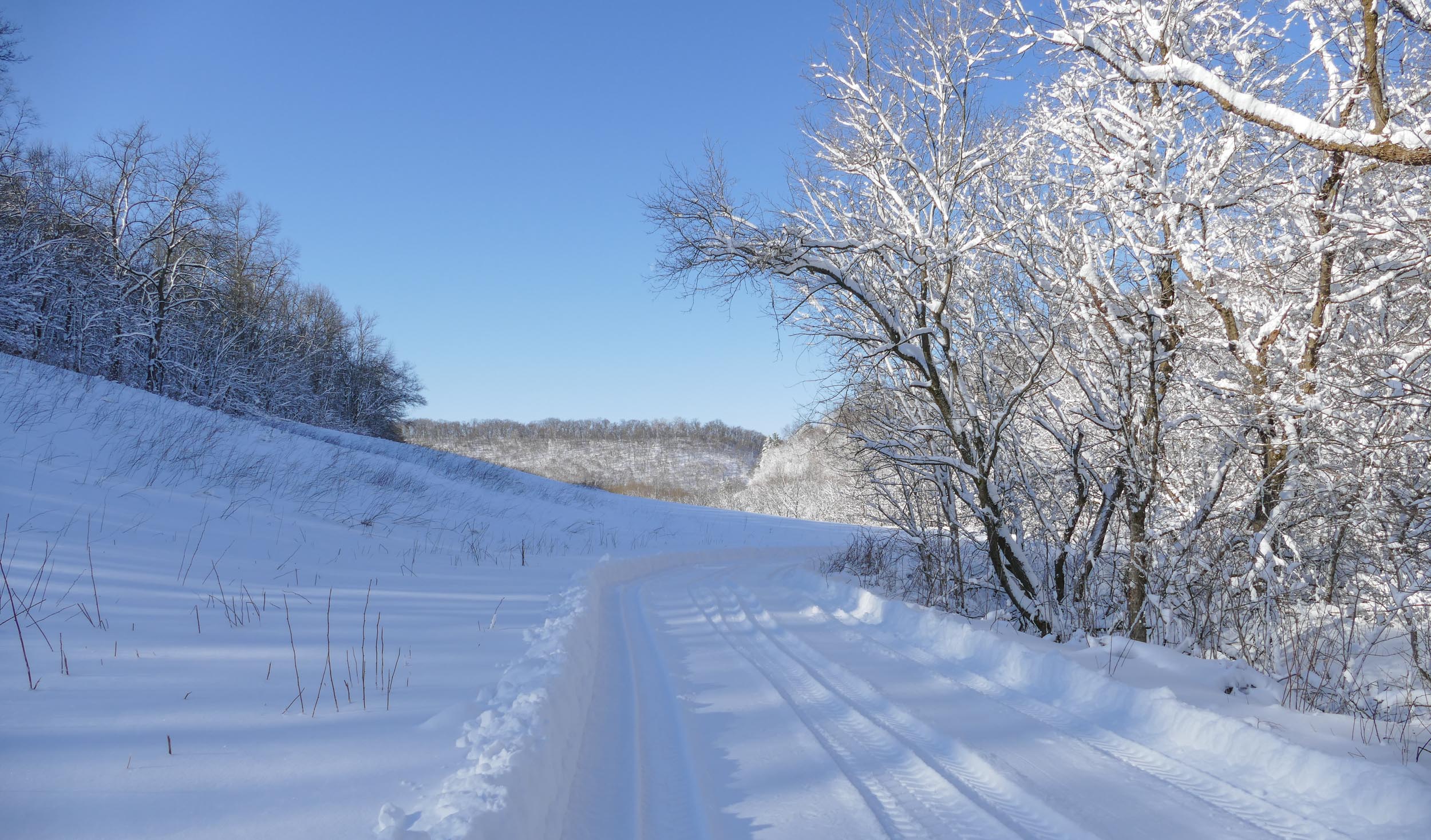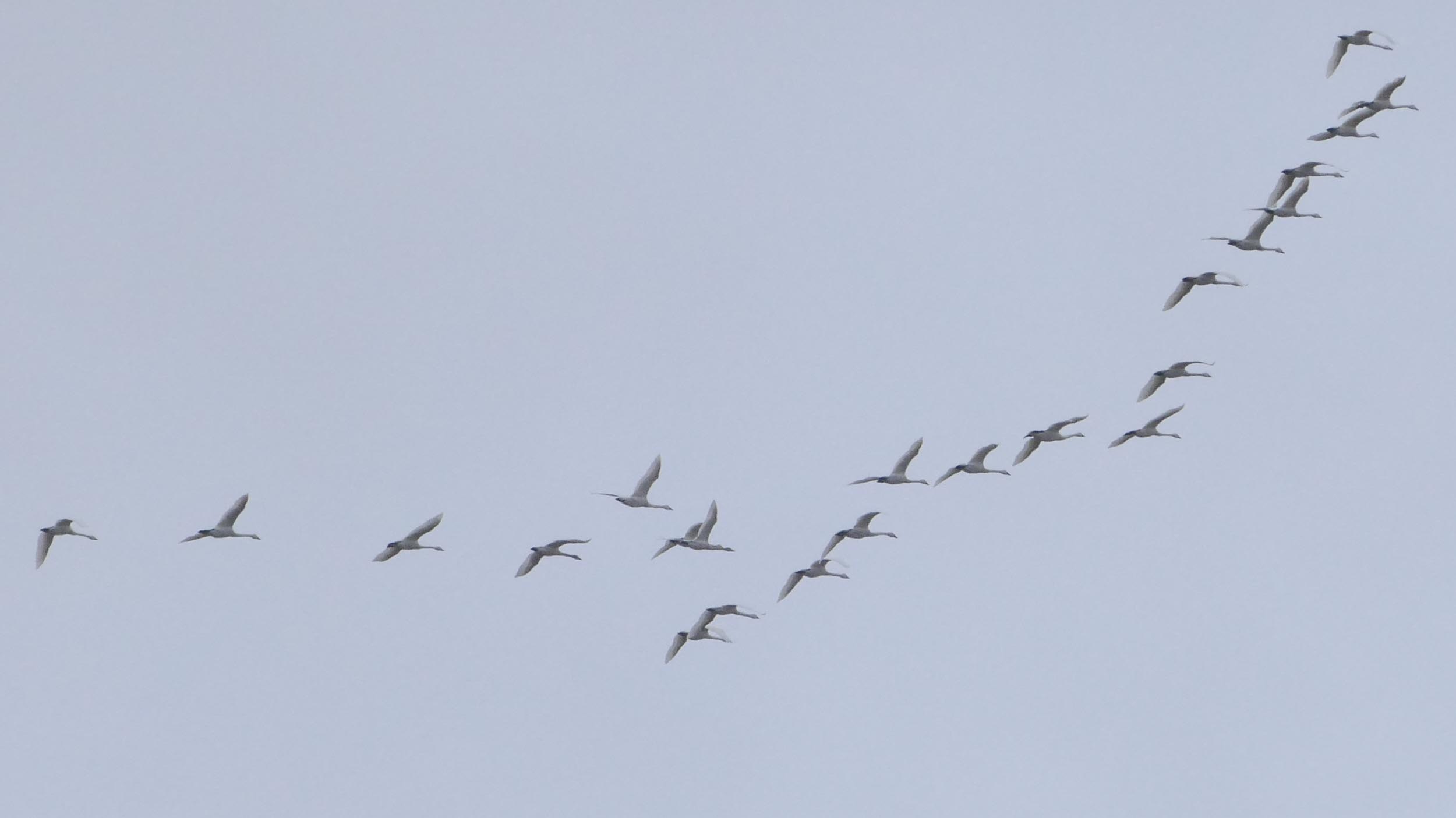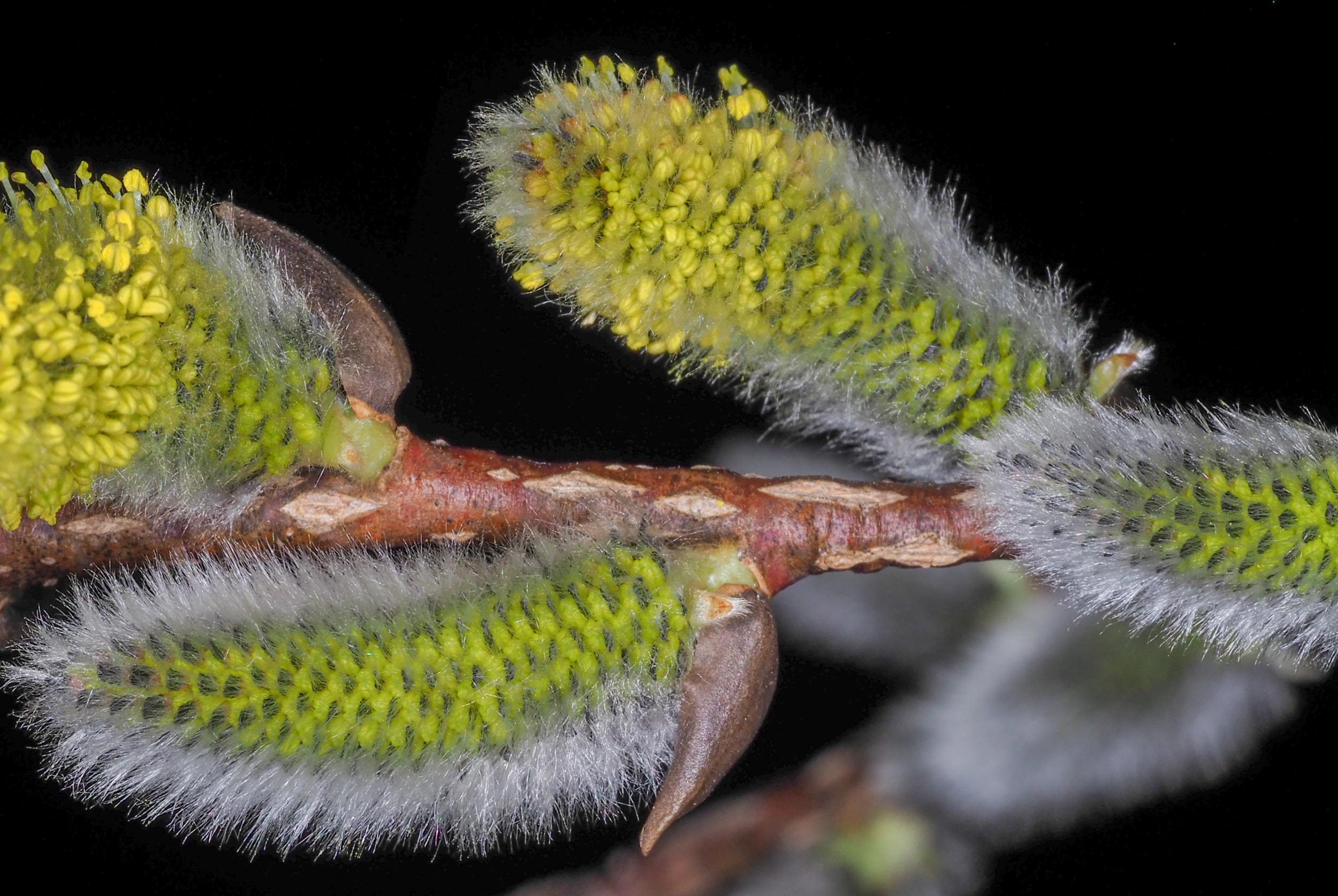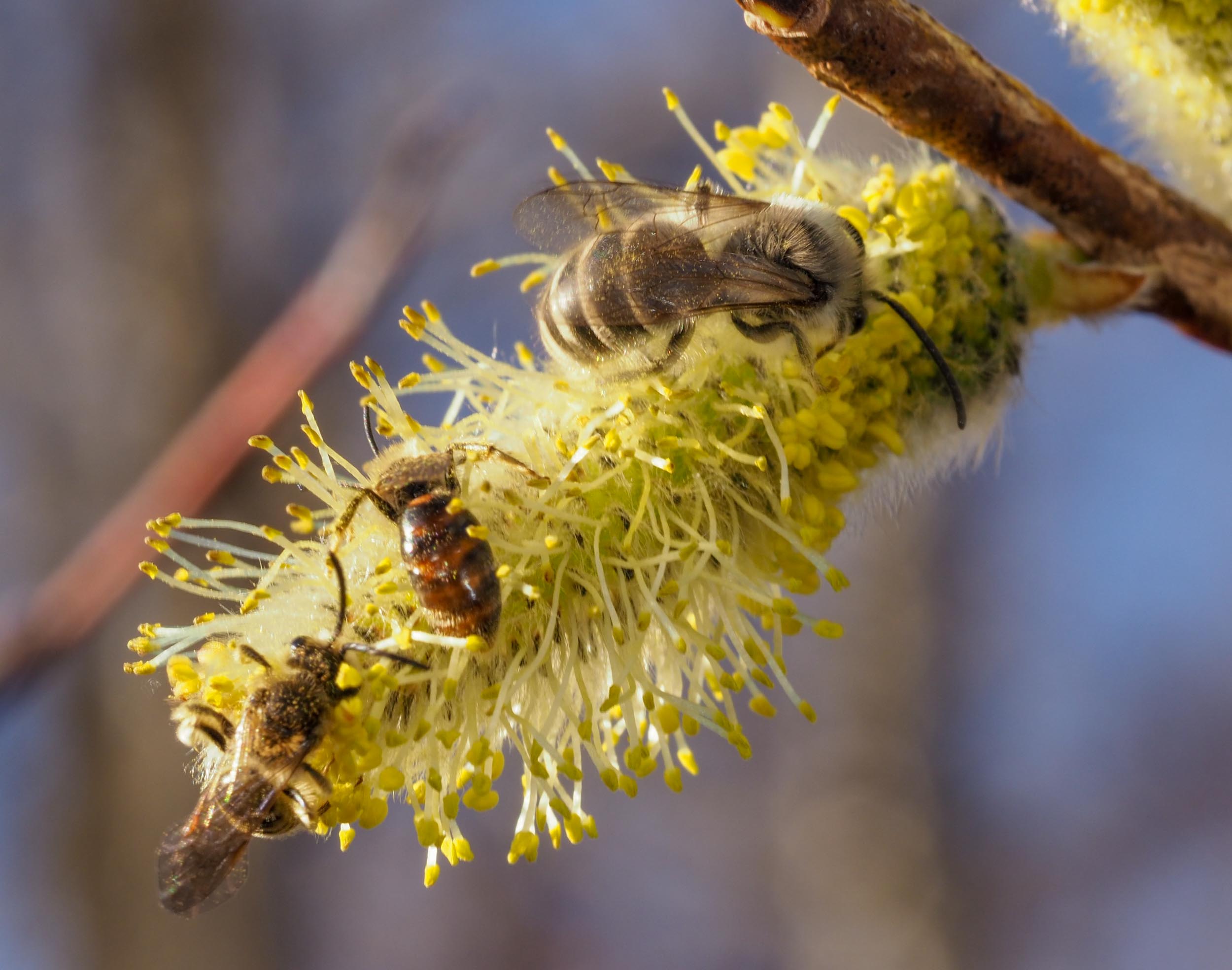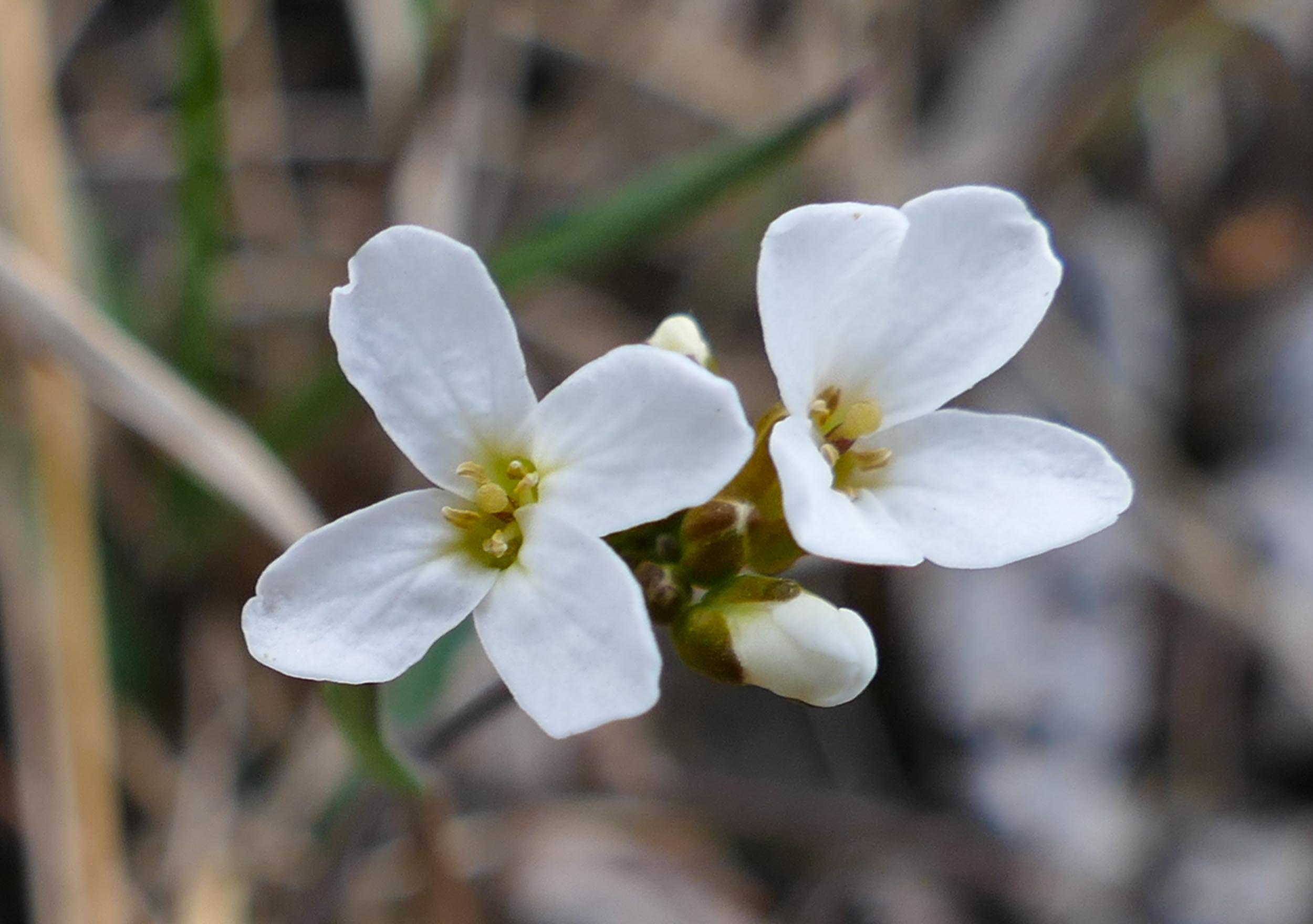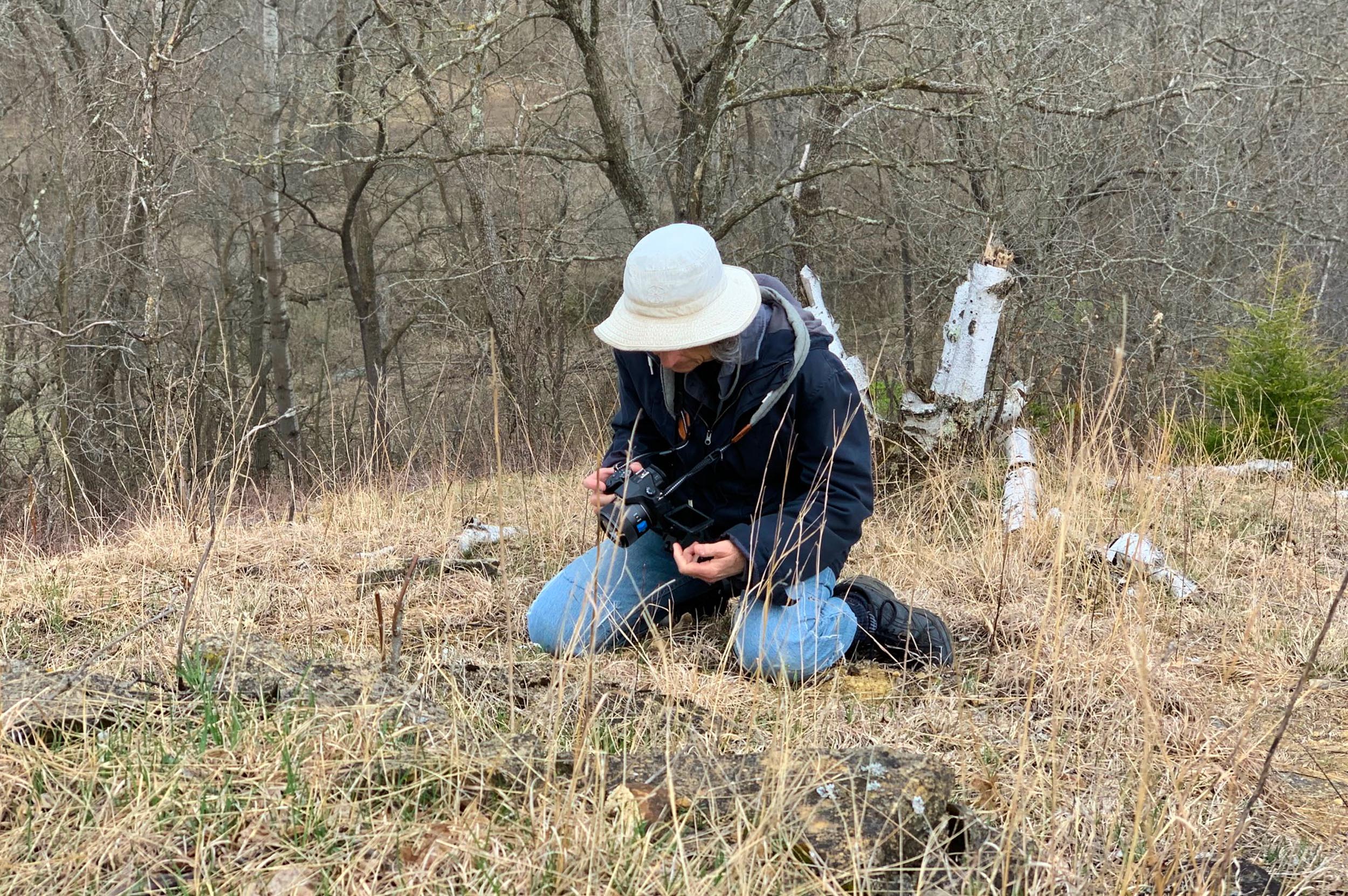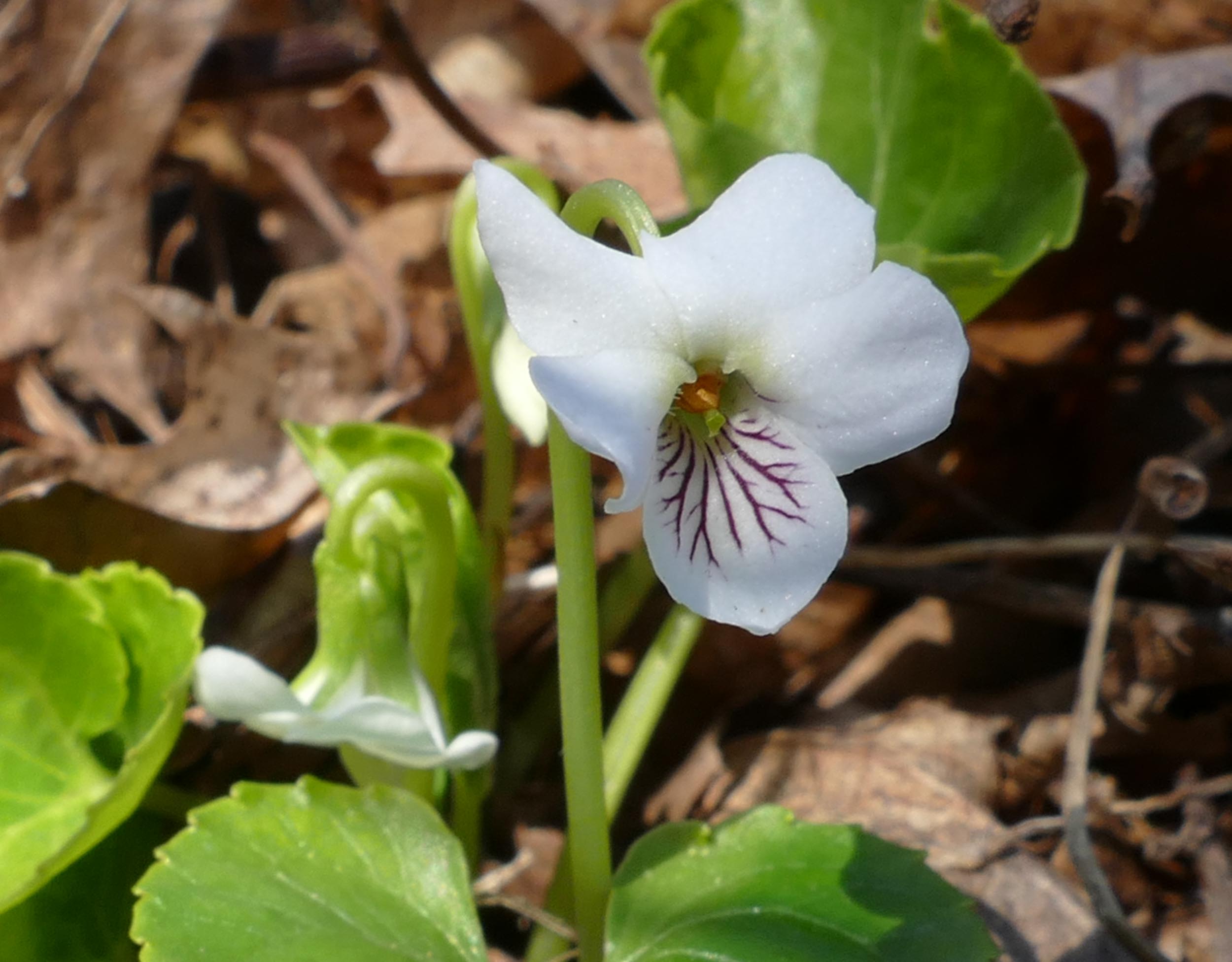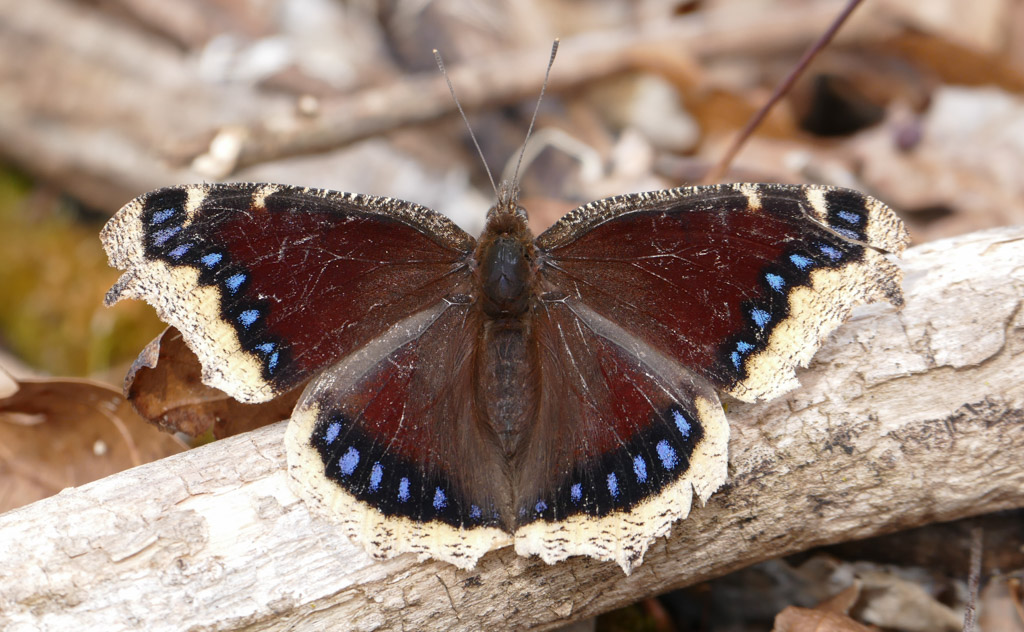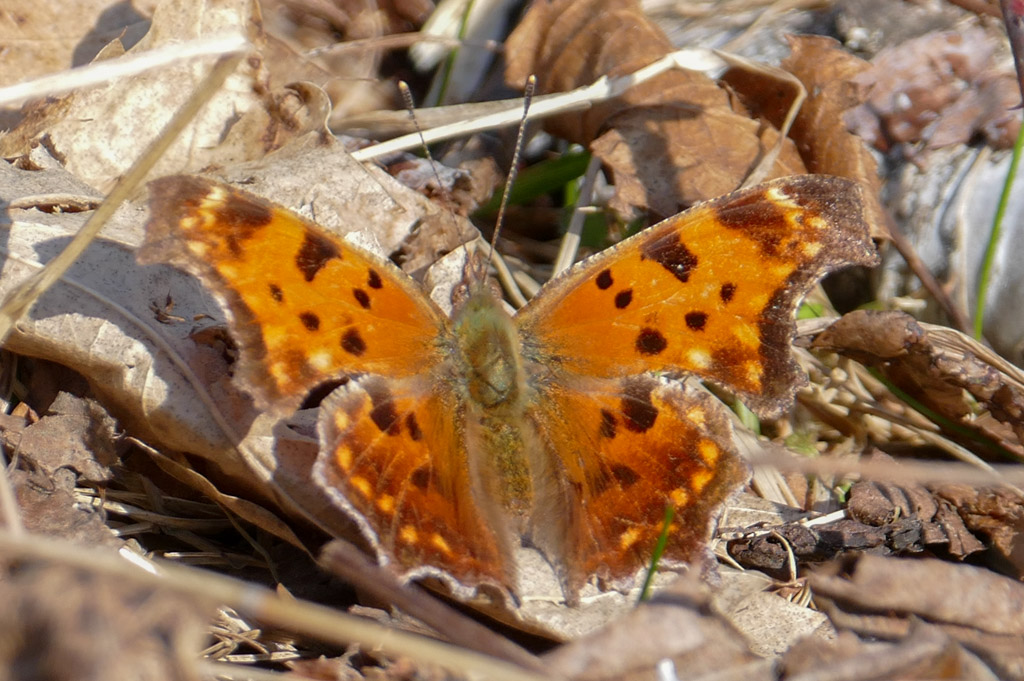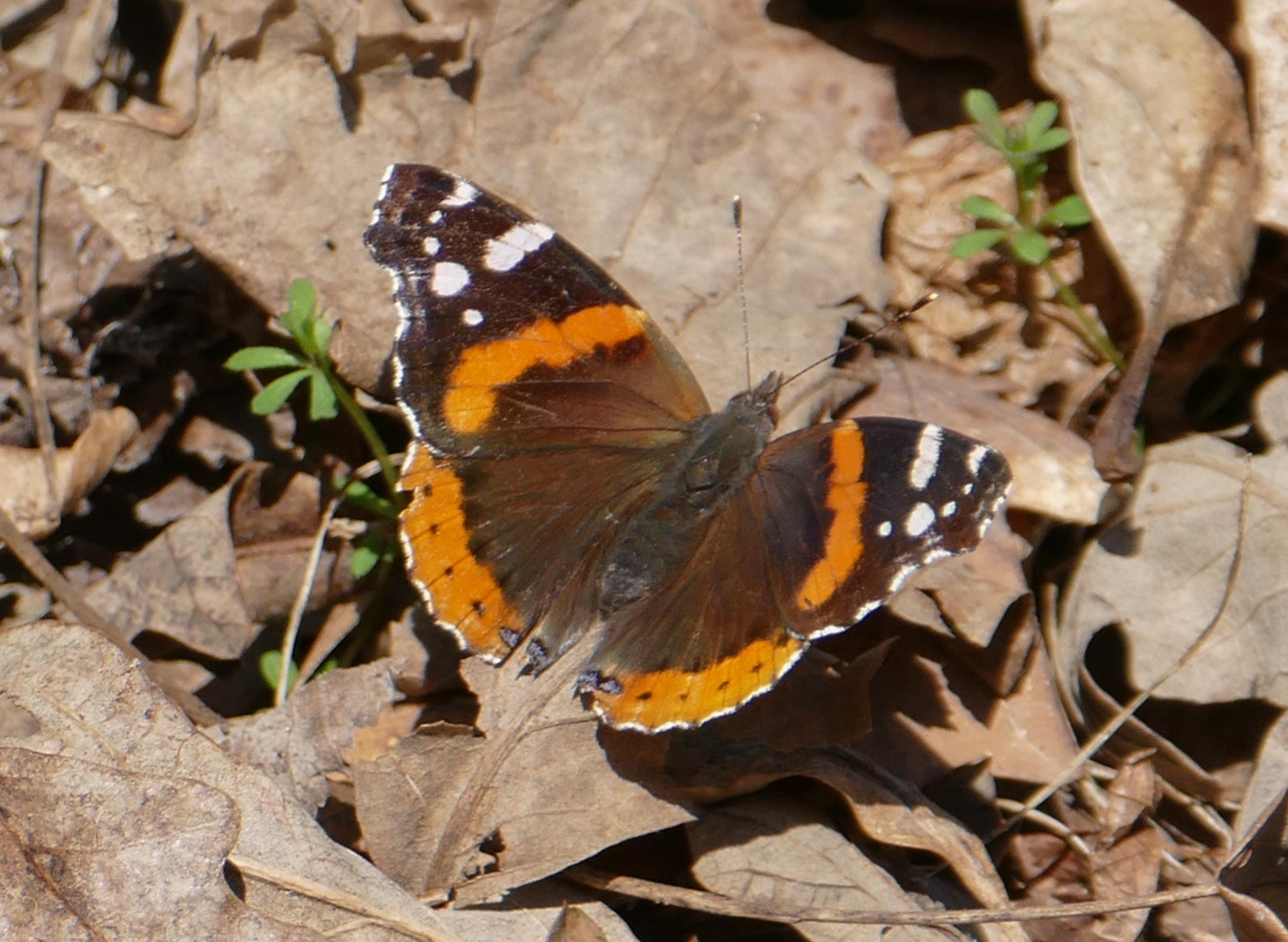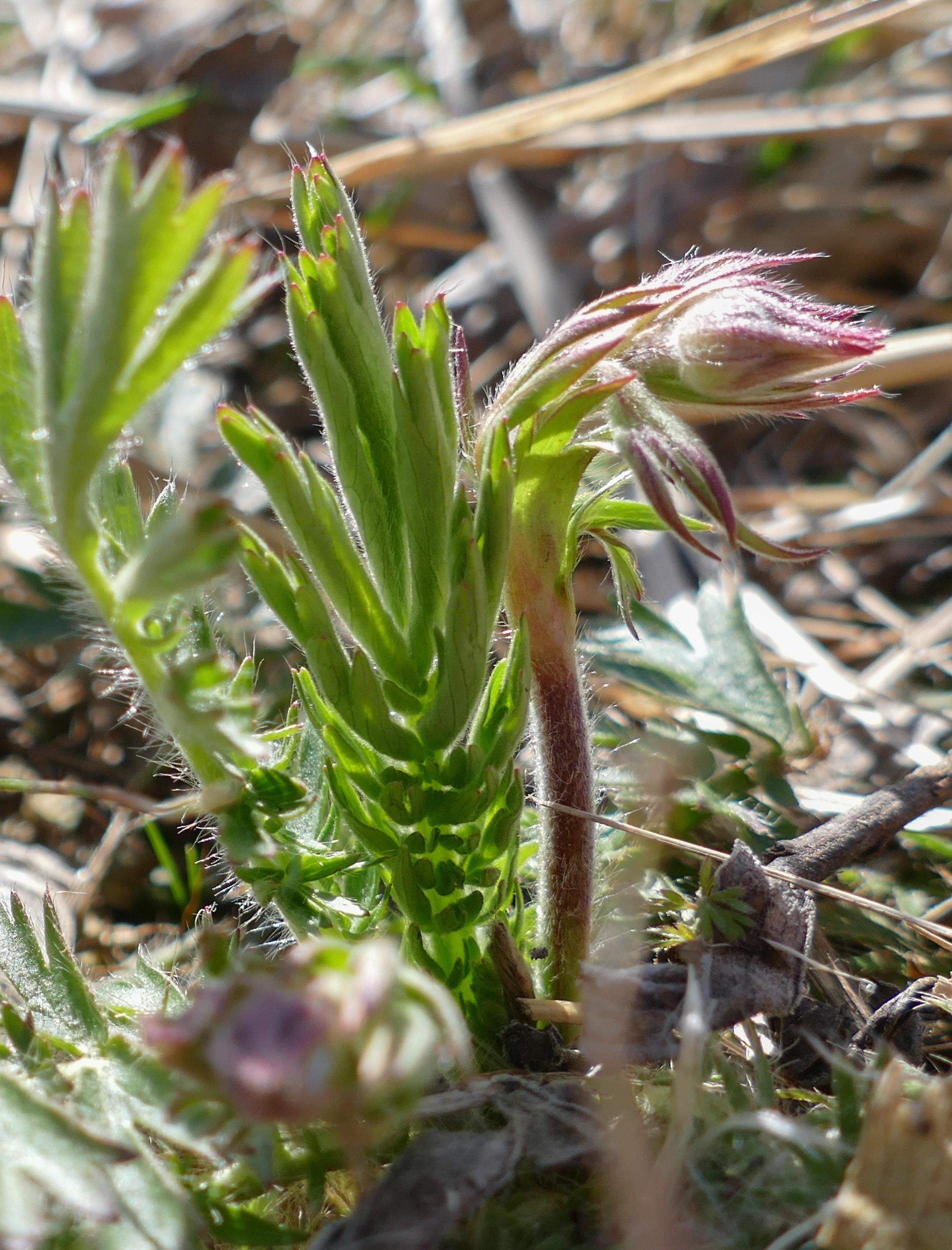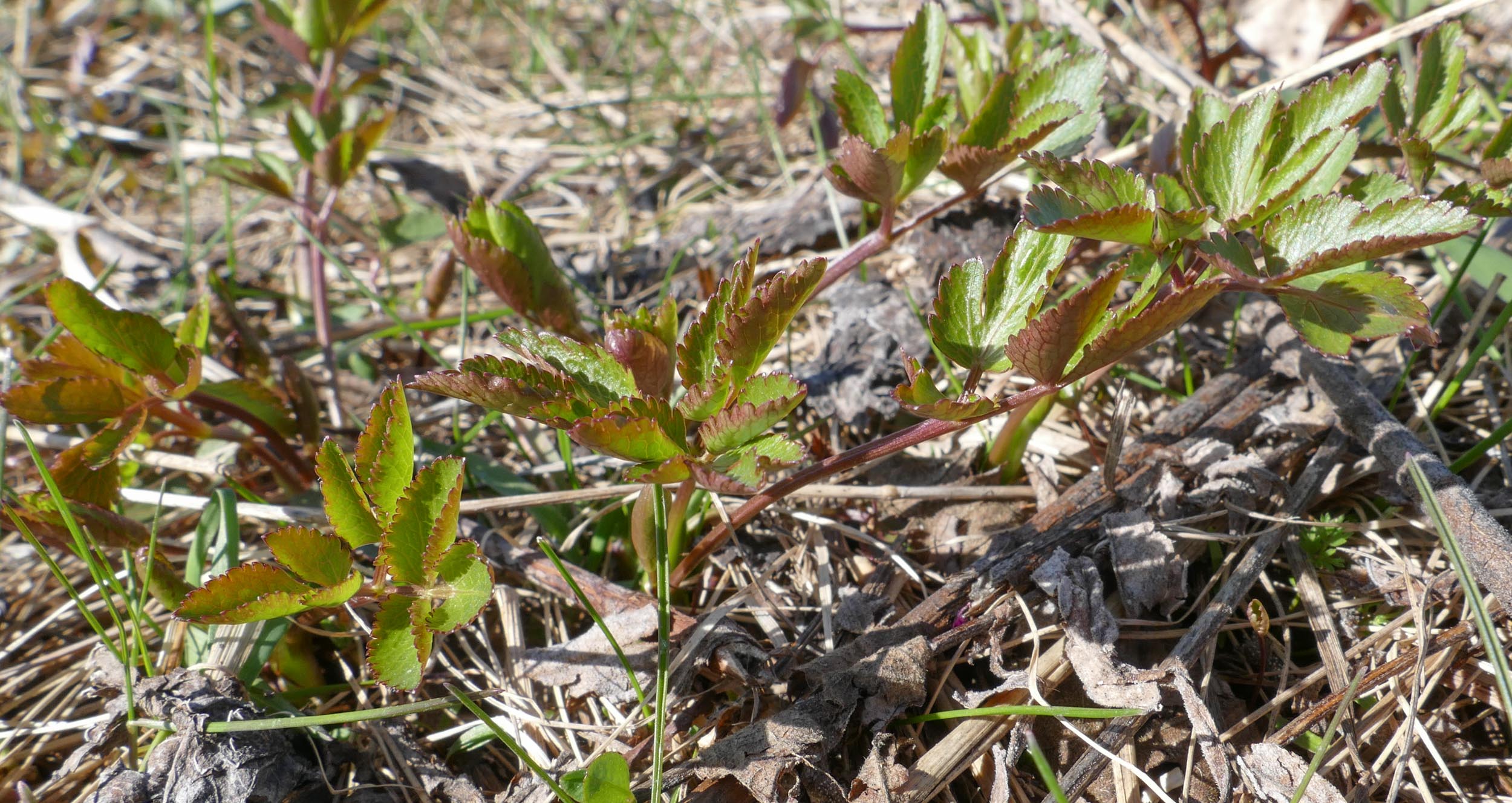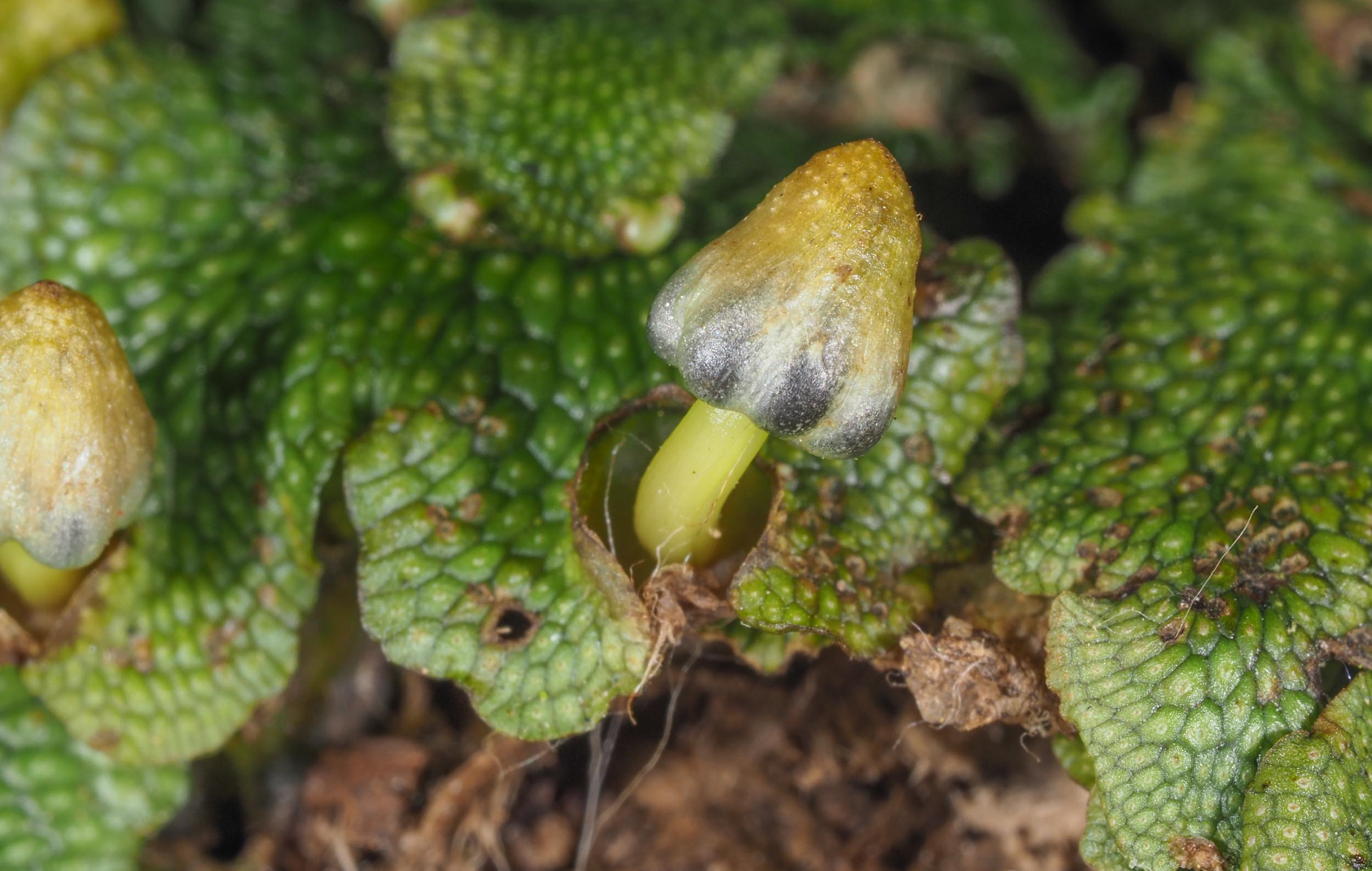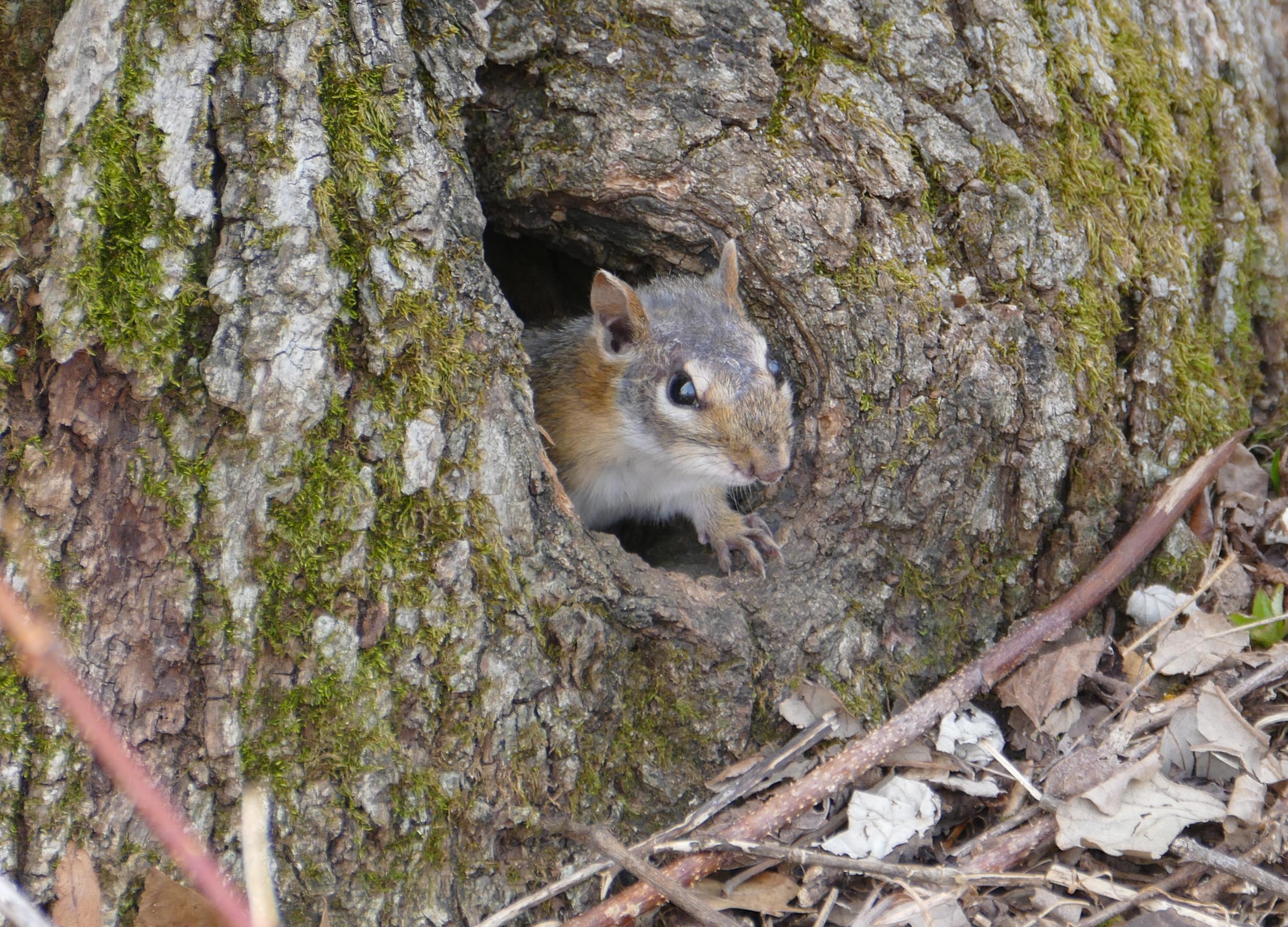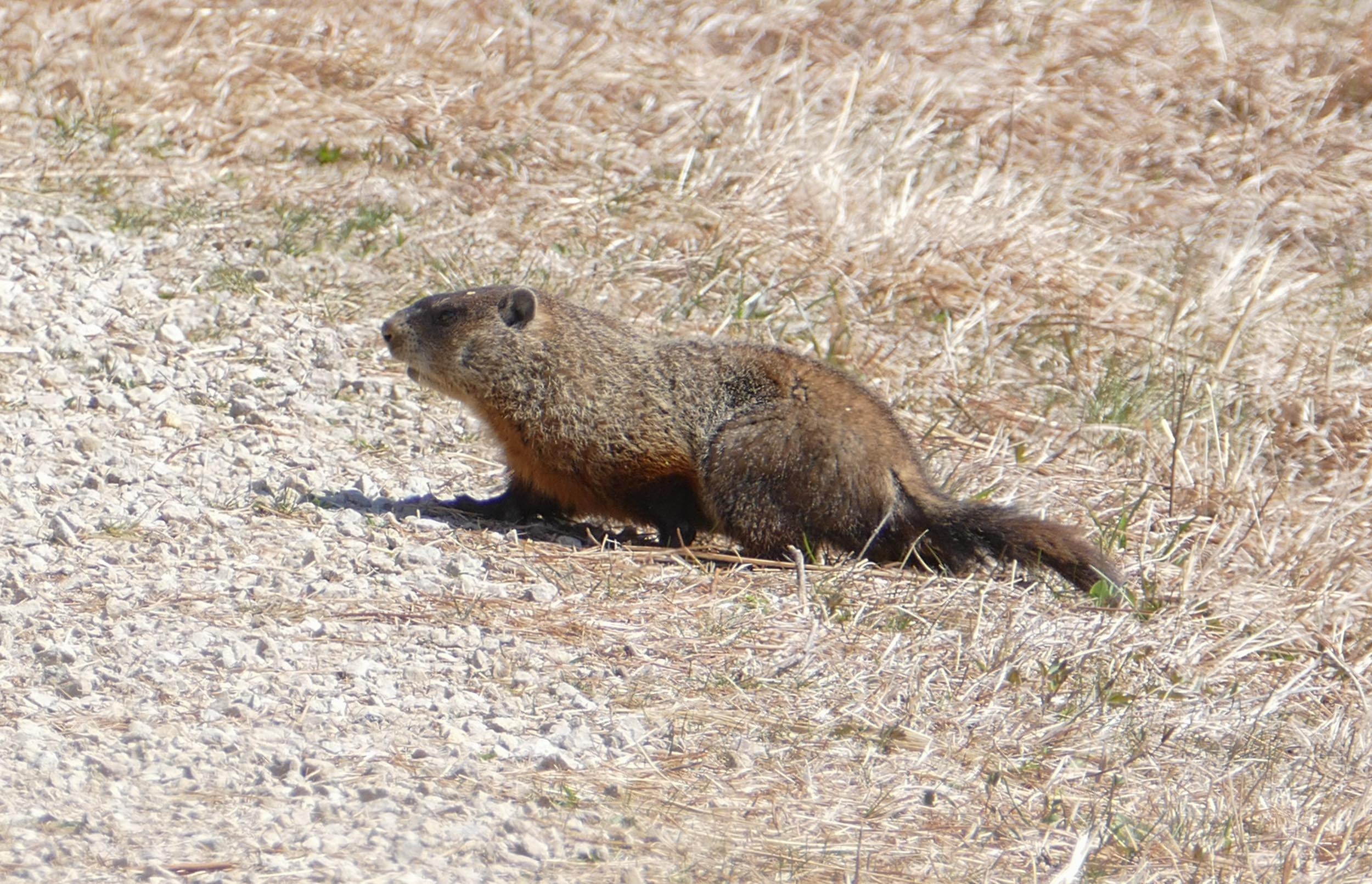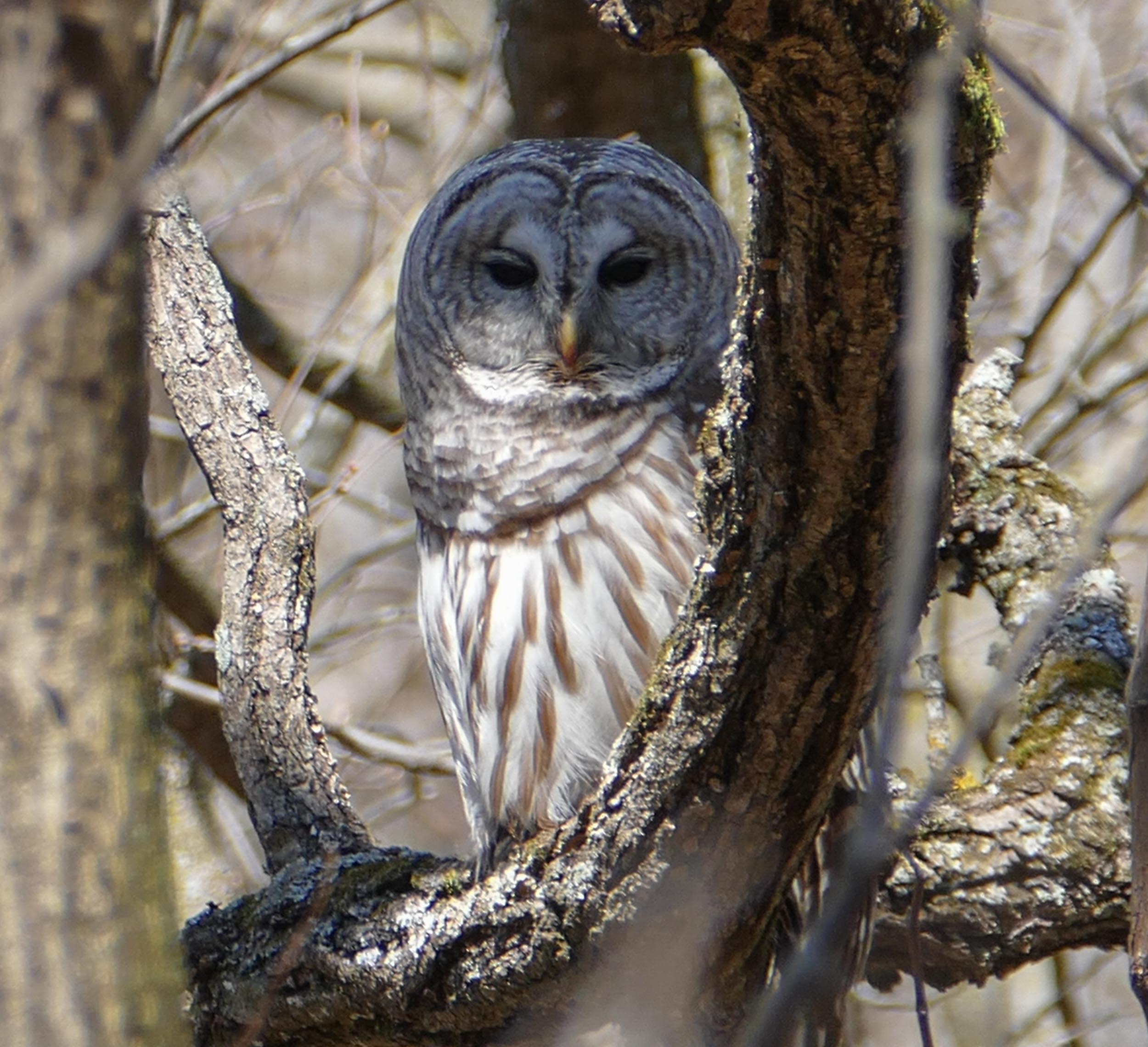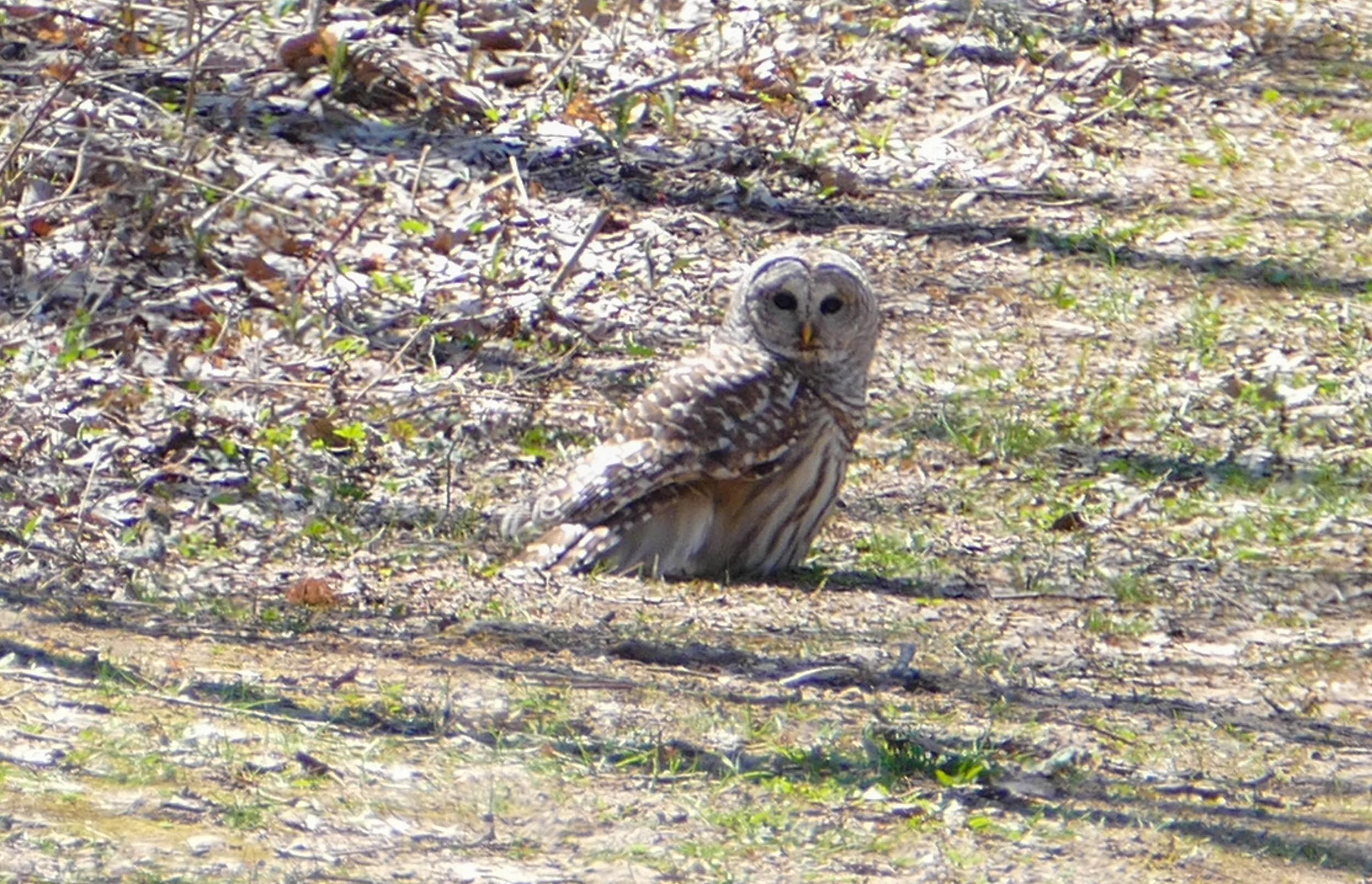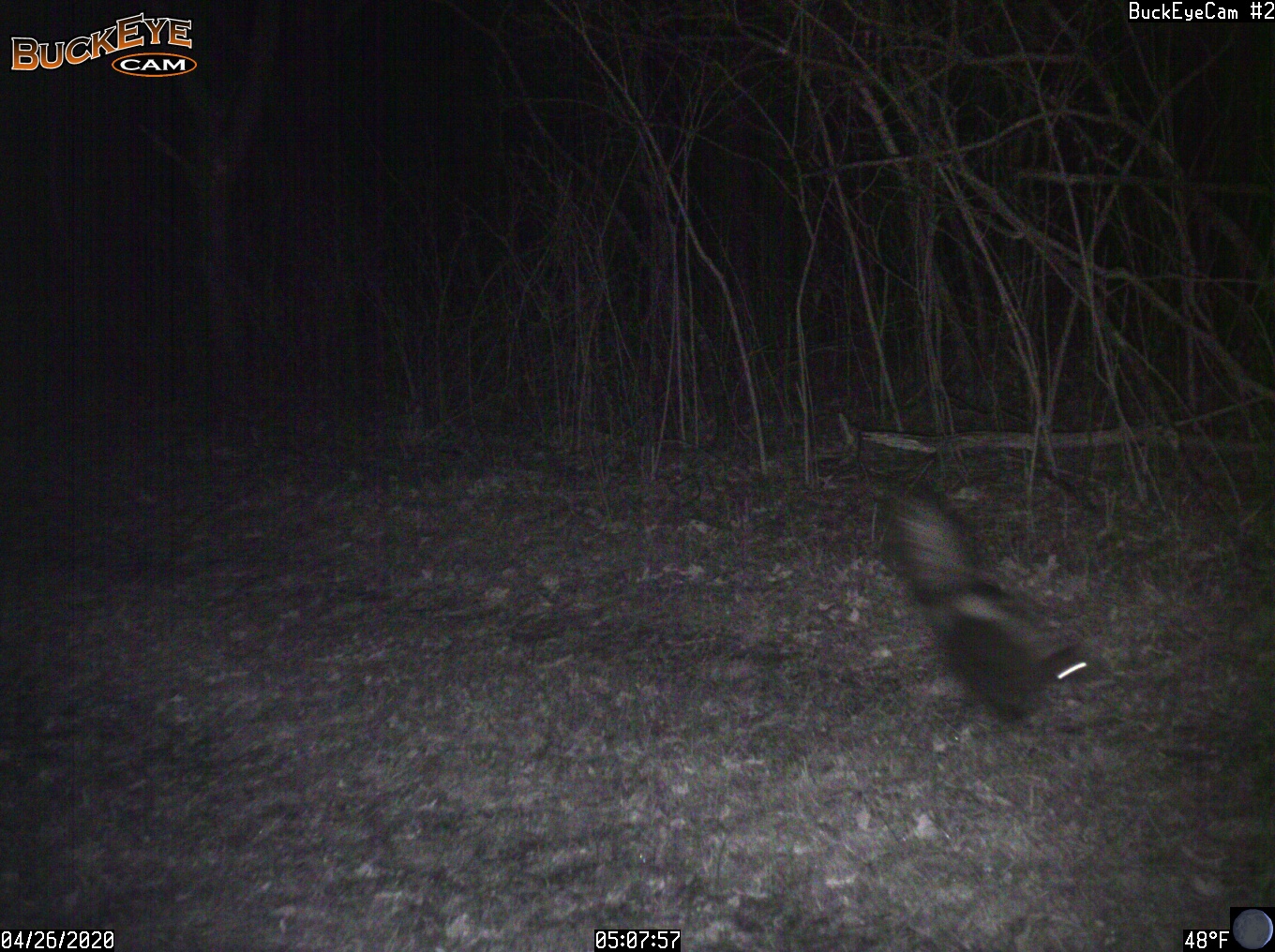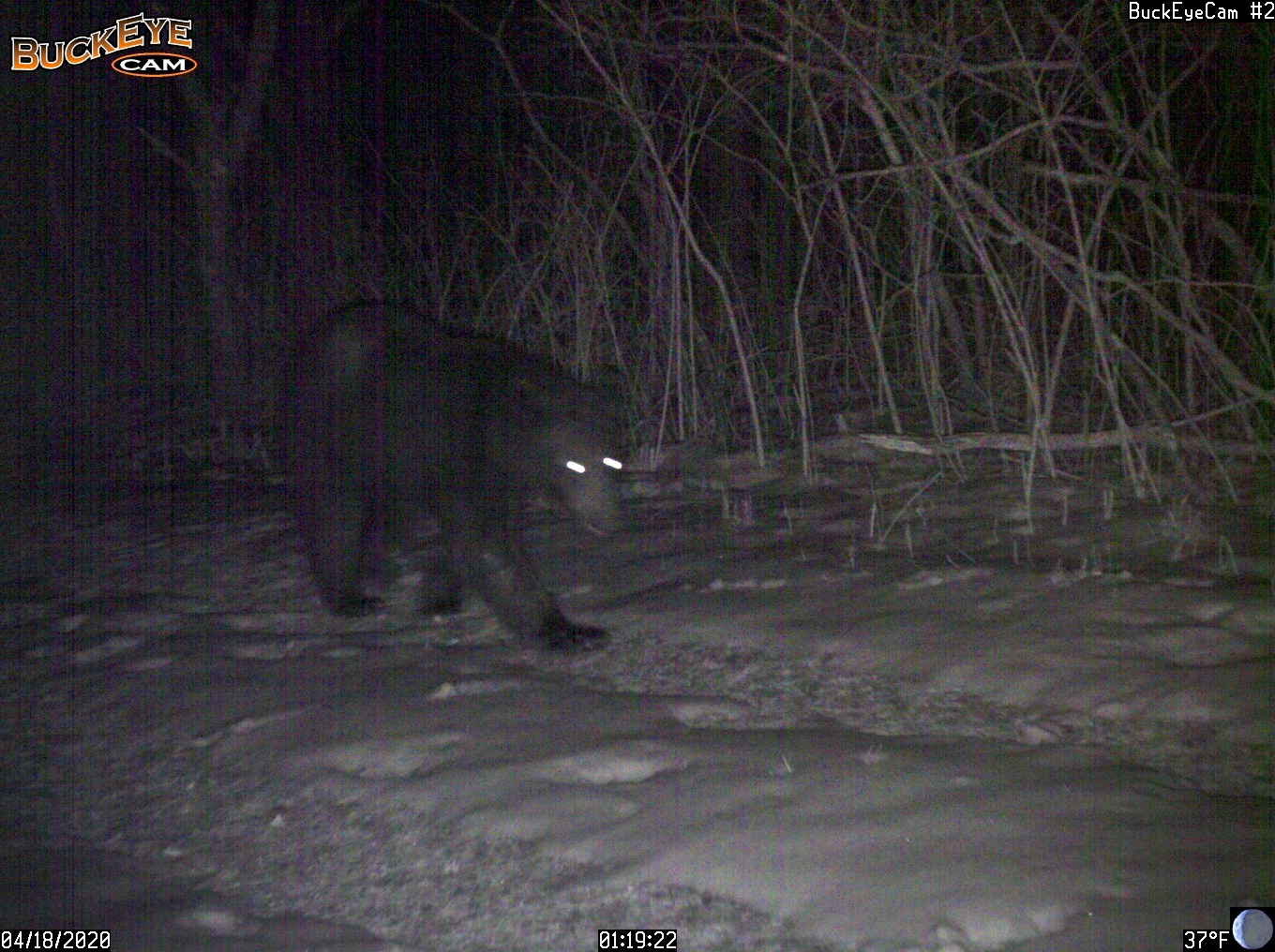On April 12 – just 15 days ago – we had 12 inches of snow. Beautiful, but bringing us an extra week of winter
The next day was beautiful and sunny with snow everywhere.
In spite of the wintry weather, birds were still making their way north. These are Trumpeter Swans.
In the last week many of the regular spring birds have arrived: Rose-breasted Grosbeaks, Barn Swallows, Flickers, Turkey Vultures, Sapsuckers, and today we saw our first Baltimore Oriole.
Willow flowers are usually the first blooming trees we see. This photo was taken at night, making it easy to see the stamens with their loads of pollen. A common name is Pussy Willow because of the gray fuzz that surrounds the flowers.
This is one of those willow flowers during the day, with tiny native bees.
Sand Cress – the first flower of the spring. They are very small flowers on delicate stems that grow on our dry prairie points.
Here I am, taking photos of the Sand Cress on the Knife Edge Point.
Another early flower is Sweet White Violet. It grows in open woods or restored savannas on south-facing hillsides.
The first butterflies we see are ones that spend the winter as adults. This is a Mourning Cloak – the very first butterfly of the spring. It was flying on a warm sunny day – about 55F – in a restored savanna.
Eastern Comma – another early overwintering butterfly
This is the first migrating butterfly I’ve seen this spring. A Red Admiral. Red Admirals spend the winter farther south, and fly up once the weather warms. Their caterpillars eat nettles. Since this one is so early, it may mean that their population will do well this year – watch your nettles for small brown spiky caterpillars.
Other prairie plants are pushing up out of the ground, but aren’t flowering yet.
Prairie Smoke
Golden Alexanders
This is a liverwort – an odd little plant that grows on rocks in damp places. This one is called Snakeskin Liverwort because of the texture of its thallus – the flat green part. The stem topped with a pointed cap is the sporophyte – the part of the plant that makes the spores that will become new plants.
This Chipmunk has a hole in the bottom of one of the big oaks in Twisted Oak Savanna.
Woodchuck crossing the driveway
I’ve been seeing a Barred Owl nearly every day along Western Road – the trail that goes up our Western Valley. We’ve been looking to see if it has a nest there, but so far we haven’t found one.
One day it was sitting on the trail.
We’ve been seeing lots of skunks on the trail cameras.
And the bear is back.


